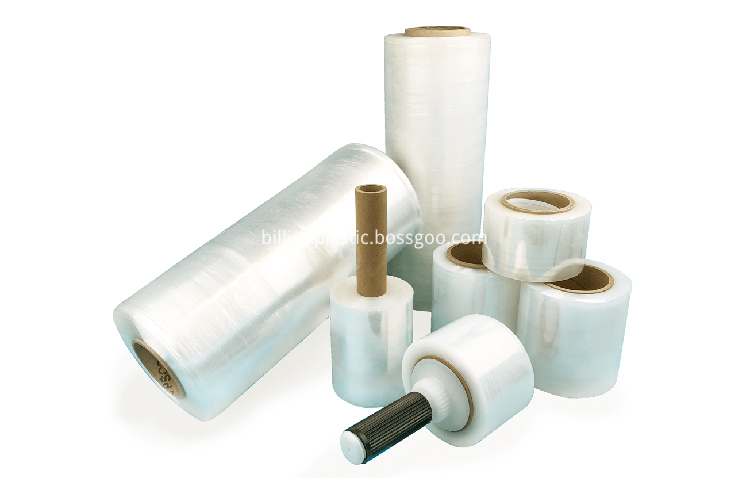Textile machine control integration and on-line testing requirements are becoming increasingly prominent
The technological upgrading of textile machinery, the importance of automation is more and more self-evident. Recently, the Ministry of Industry and Information Technology issued guidance on the structural adjustment of the textile machinery industry. The opinion points out that the integration level of textile machinery industry is low, and the integration of textile machinery design, manufacturing, modularization, automation, and information applications. It is not universal, the level of automatic control of products is low, and the level of organic integration of information and industrialization needs to be improved.
But to the current textile machinery industry, due to the complexity of the textile industry's processes and the many processes, the automation needs of different types of textile machinery are also diversified. To this end, the reporter interviewed China's textile machinery automation expert, senior engineer Lu Yuxian, asked him to discuss the automation needs of the textile machinery industry.
Textile Machinery Automation Improves Efficiency
Lu Gaogong mentioned that a very important indicator in the textile industry is “10,000 man-hours of laborâ€, and the fewer the number of 10,000 in-use workers, the higher the degree of automation of the textile production line. As the degree of automation of textile machinery in China still needs to be improved, there is still a considerable gap between this indicator and the international advanced countries, even those of other developing countries.
According to Lu Gaogong's introduction, the degree of automation and level are not the same in all kinds of textile machinery. In some textile machinery, the requirements for automation are more practical, mainly through the replacement of manual actions by automated equipment. Instead of replacing labor by automation, there are improvements in the following aspects: First, the speed of production is accelerated, and the production process is improved. Second, the replacement of labor by automation can standardize many production processes. Finally, in terms of product testing, automation is required. The efficiency of detection is higher than that of artificial, and the significance of quality assurance for fabrics is also more significant.
As an example of a spinning machine that is widely used in China, in the case of the doffing of a spinning machine, manual change of the tube was previously used, and the breakage was also required to be manually connected. The number of spindles per spinning machine has grown from the original 400 to the current 1,000. If the manual change of pipes is still used, not only is there a lot of breakage, but also the efficiency is low and the labor intensity of the production staff is even greater. On the other hand, the main cause of breakage is determined by the shape of the bobbin and the spinning tension, and it is required to be able to adjust the speed in time. This part traditionally uses a two-speed motor, but the effect is not good, and if using a frequency converter, with the PLC set to the best operating state, you can effectively reduce the broken end.
For another type of textile machinery, the draw frame, its automation content is also very rich, and auto-leveling is a very important issue. Autoleveling means that the sliver is evenly distributed and the thickness of the yarn is uniform. Otherwise, the end of the woven fabric is likely to be broken. Based on the above circumstances, if the bar is too thick or too thin, it needs to be detected by the equipment and timely adjusted by the implementing agency to meet the required standards and indicators. The process of automatic adjustment first passes through the detection, and then through the computer operation, and then uses the AC servo to perform, from the sensor detection of the terminal to the servo motor in charge, which requires a series of automatic mechanisms to run, and the difficulty is very great. . As there is still a considerable gap in the level of domestically produced similar products, the equipment is still mainly imported. From the cost point of view, the price of the autoleveling device accounts for almost half of the price of the whole machine, which can be described as a relatively concentrated part of the cost of the entire machine. If the domestic R&D self-leveling device can improve its quality and better meet the requirements, So the cost of the whole machine is expected to be reduced to a great extent.
What are the functions and advantages of Hand Stretch Film? Stretch film, also called stretch film, is an industrial packaging product. It has strong stretching force, strong stretchability, good shrinkage, good self-adhesiveness, thin texture, softness, and high transparency. It is used to make stretch film for hand use, and it can also be used to make Machine Stretch Film, which can be widely used in the packaging and packaging of various goods. The stretch film has strong puncture resistance and super stretch performance. After the goods are wrapped and packaged, the goods are more stable, firm and tidy, and they have a particularly good waterproof effect. They are widely used in various industries.

black stretch wrap;industrial shrink wrap rolls;printed stretch film;coloured pallet wrap;lldpe stretch film;
BILLION PLASTIC MANUFACTURING CO.,LTD, JIANGMEN , https://www.jmflatbag.com